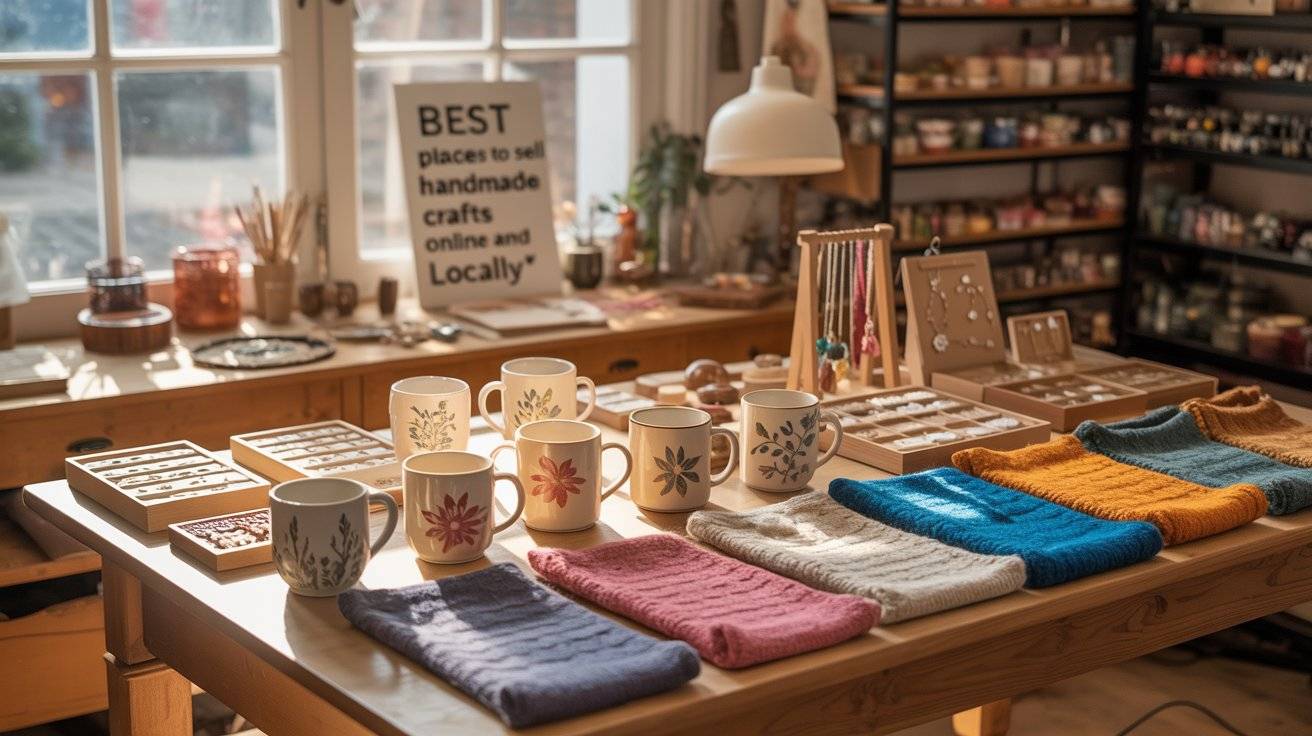Selling handmade crafts it doe set be more than just a hobby it can be a steady side income or even a full-time business. After choosing what crafts to make (like the “24 Easy Crafts to Make and Sell Fast for Profit” we covered earlier), the next big step is figuring out where to sell them. Choosing the right place can make a huge difference in how quickly you sell, who sees your work, and how much profit you earn.
Some platforms are better for reaching large online audiences, while others are ideal for connecting with your local community. The good news is, you don’t have to pick just one many sellers use a mix of both to grow their craft business.
Here are some of the best online platforms and local venues where your handmade items can find a home.
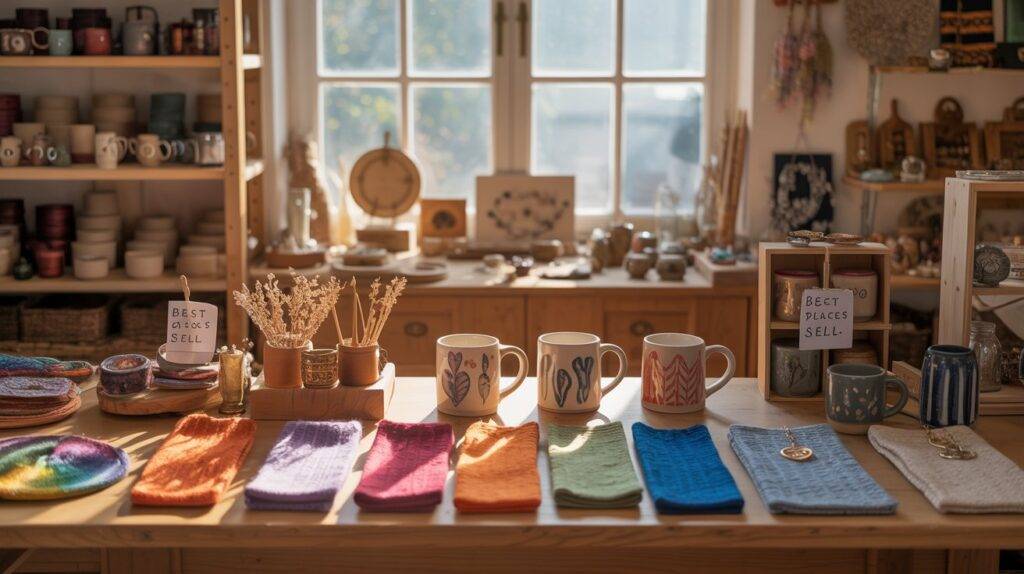
1. Etsy

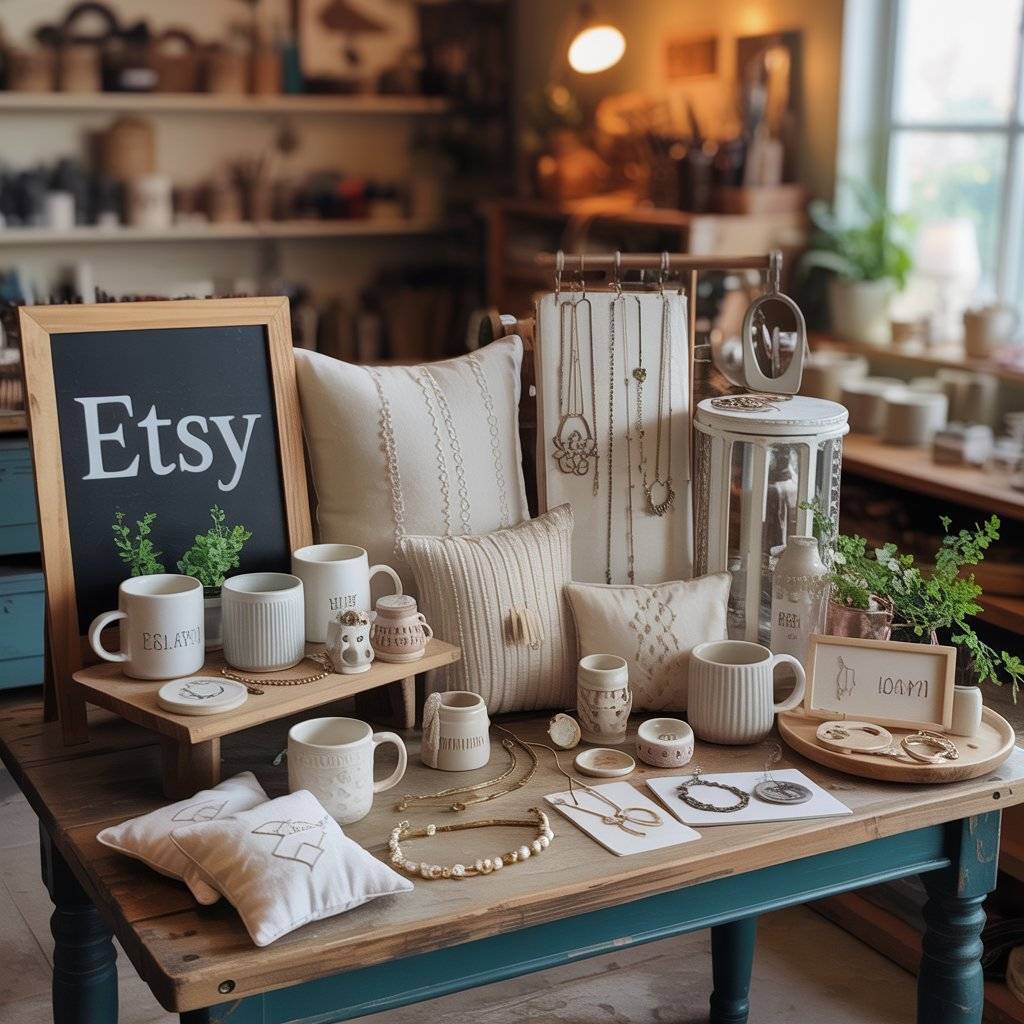
Best for: Artists, crafters, and vintage sellers who want a global audience.
Etsy is one of the most popular online marketplaces for handmade and vintage goods. With millions of active buyers, it offers a built-in audience specifically looking for handcrafted items. You’ll get tools for managing your shop, listing items, and promoting your brand.
Pros:
- Established audience looking for handmade products
- Easy setup for beginners
- Customizable shop with branding options
Cons:
- 6.5% transaction fee, plus listing and payment fees
- High competition
- Requires good product photography and SEO
🔗 Check price on Amazon.com – “Craft Business Starter Kit” (shipping scale, packaging, labels)

2. Facebook Marketplace
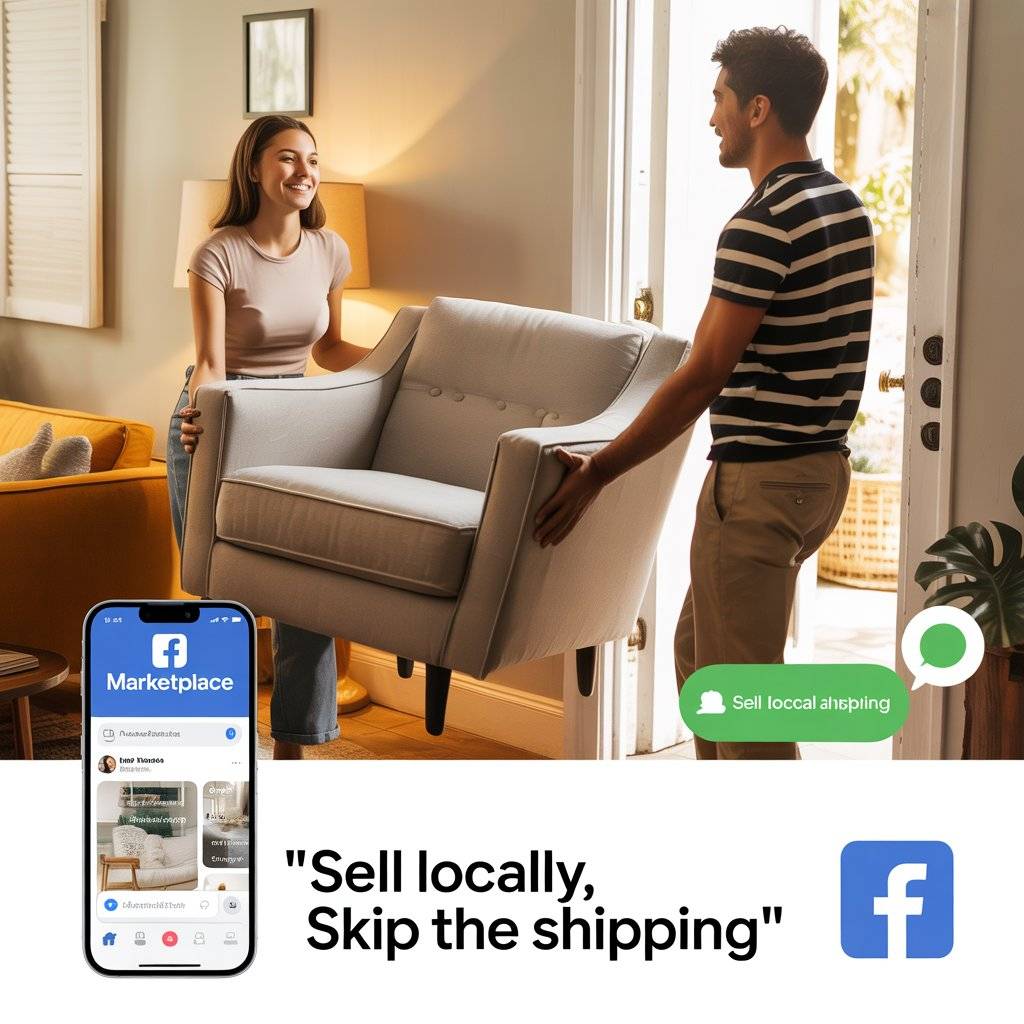
Best for: Local sales without shipping
Facebook Marketplace is great for selling to people in your area, especially larger or fragile items that are hard to ship. There are no fees, and you can communicate directly with buyers through Messenger.

Pros:
- Free to list and sell
- No shipping required for local pickup
- Built-in communication tool
Cons:
- Limited reach beyond your location
- Risk of no-shows or last-minute cancellations
🔗 Check price on Amazon.com – “Portable Folding Craft Table”

3. Instagram Shops

Best for: Crafters with strong visuals and a social media following
If you love taking photos and connecting with your audience, Instagram Shops lets you tag products directly in posts and stories. It’s a great way to build a brand and sell directly from your feed.

Pros:
- Visual-first platform
- Built-in shopping tools
- Great for building a loyal following
Cons:
- Requires consistent posting and audience engagement
- You need to apply and meet eligibility requirements
🔗 Check price on Amazon.com – “Smartphone Tripod with Ring Light”
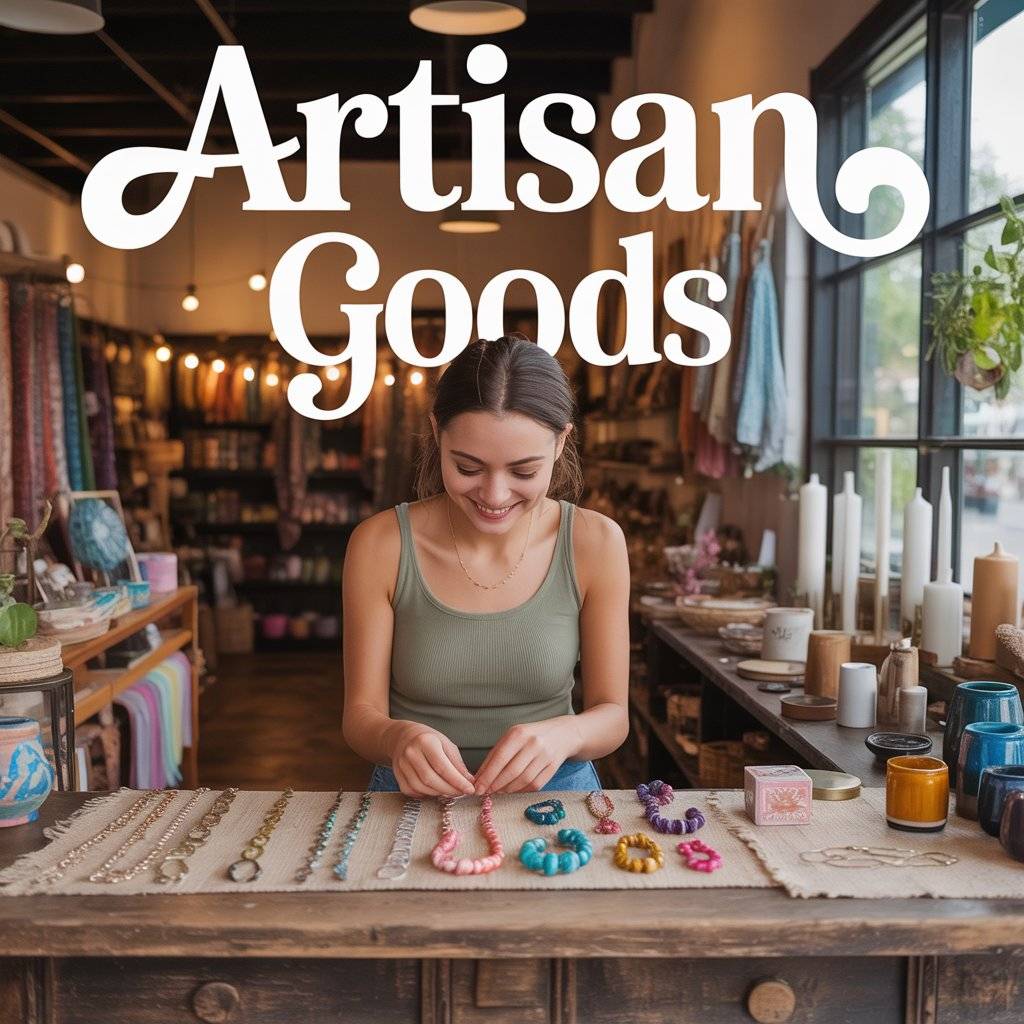
4. Local Craft Fairs and Pop-Up Markets

Best for: Face-to-face selling and real-time feedback
Craft fairs and markets are perfect for building local connections. You get immediate feedback, can explain your work in person, and customers get to touch and feel your products before buying.

Pros:
- Personal customer interaction
- Great exposure and networking
- Instant payment
Cons:
- Booth fees and setup costs
- Limited to specific days/times
- Requires time and transportation
🔗 Check price on Amazon.com – “Pop-Up Canopy Tent for Craft Booths”

5. Shopify

Best for: Sellers ready to build a full online store
If you want more control over your business and branding, Shopify offers an all-in-one e-commerce platform. It’s great for growing your craft business long-term and integrating with social media or email marketing.
Pros:
- Fully customizable website
- Built-in tools for inventory and payment
- Great for scaling your shop
- Monthly subscription fee
- Requires more setup than marketplaces
🔗 Check price on Amazon.com – “Barcode Label Printer for Small Businesses”

Cons:
6. Consignment Shops and Local Boutiques
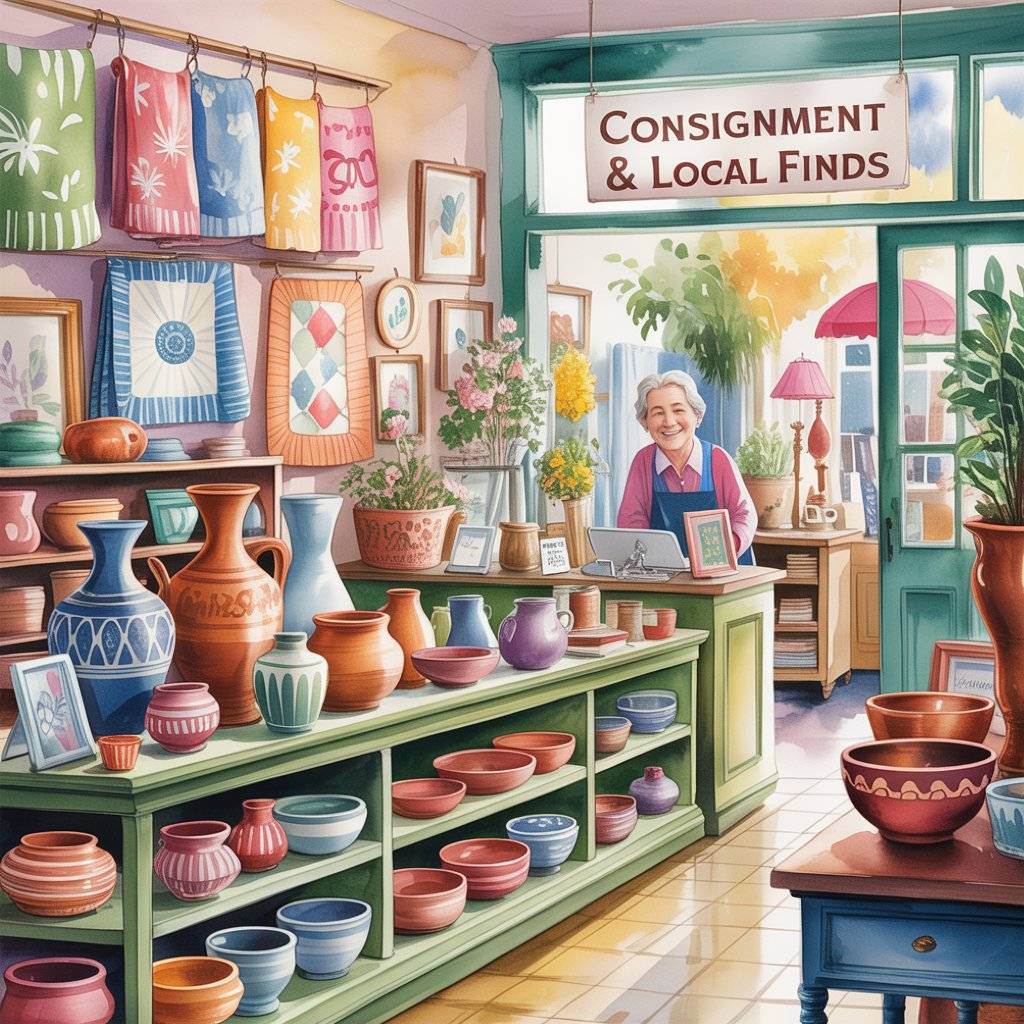
Best for: Unique crafts that match a shop’s aesthetic
Selling through local stores gives you a chance to get your products in front of buyers who shop small. Some shops work on consignment, while others may purchase wholesale.

Pros:
- Trusted local exposure
- Builds business relationships
- No need to manage daily sales
Cons:
- Lower profit margin due to consignment fees
- Must keep track of inventory placed in each store
🔗 Check price on Amazon.com – “Retail Display Shelves or Racks”
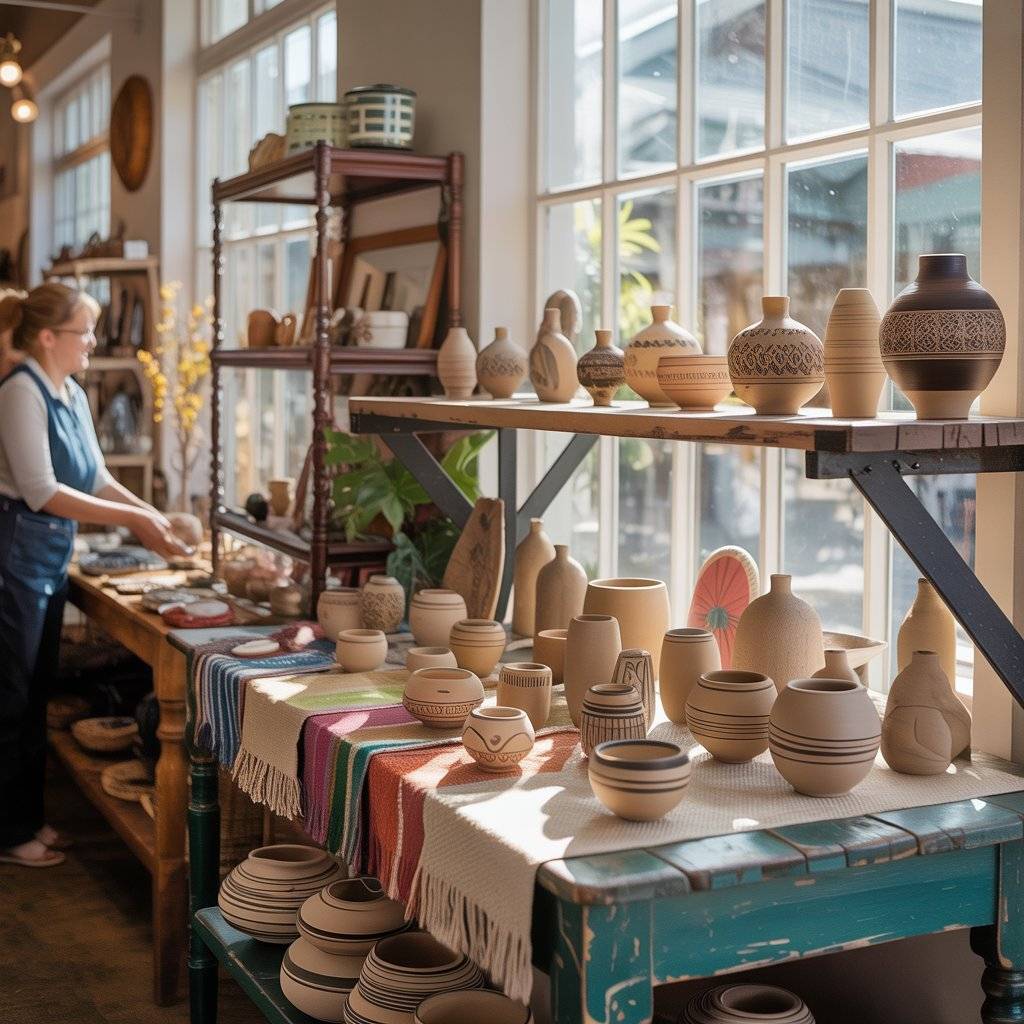
7. Amazon Handmade

Best for: Experienced sellers looking to scale
Amazon Handmade is Amazon’s answer to Etsy. It’s curated for handmade products, and while the process to join is more selective, it gives access to one of the largest online shopping audiences.

Pros:
- Massive reach
- Trusted platform
- Powerful shipping and fulfillment tools (FBA)
Cons:
- Application process required
- Fees are higher than other options
- More complex system to learn
🔗 Check price on Amazon.com – Shipping Supplies Bundle (Mailers + Bubble Wrap)

8. Your Own Website or Blog
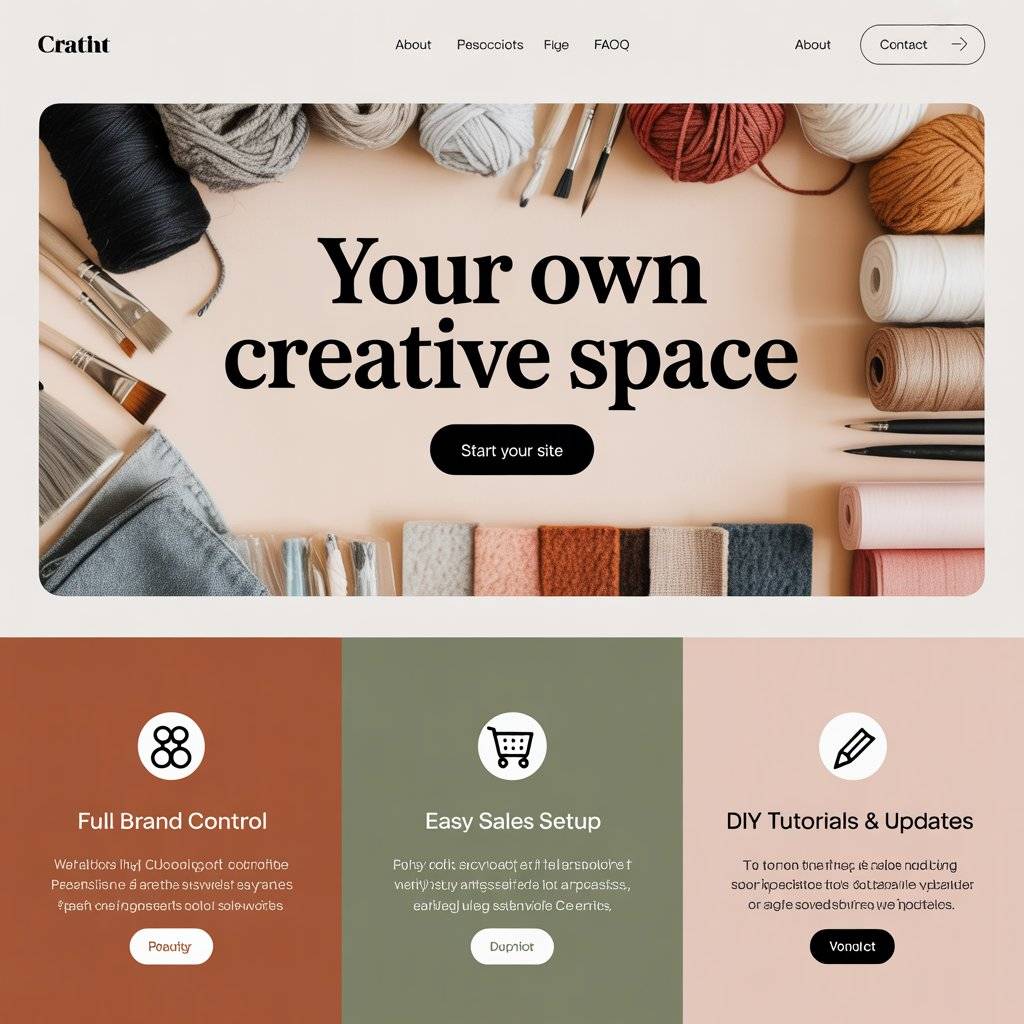
Best for: Crafters who want full ownership of their brand
If you want complete control over your sales, starting your own website is ideal. You can use platforms like WordPress or Wix and add shopping plugins. It’s also a great place to post DIY tutorials or updates.

Pros:
- No marketplace fees
- Complete control over design and content
- Good for building long-term brand presence
Cons:
- Requires traffic-building and SEO
- Time-consuming to set up and maintain
🔗 Check price on Amazon.com – “WordPress Website Starter Book”
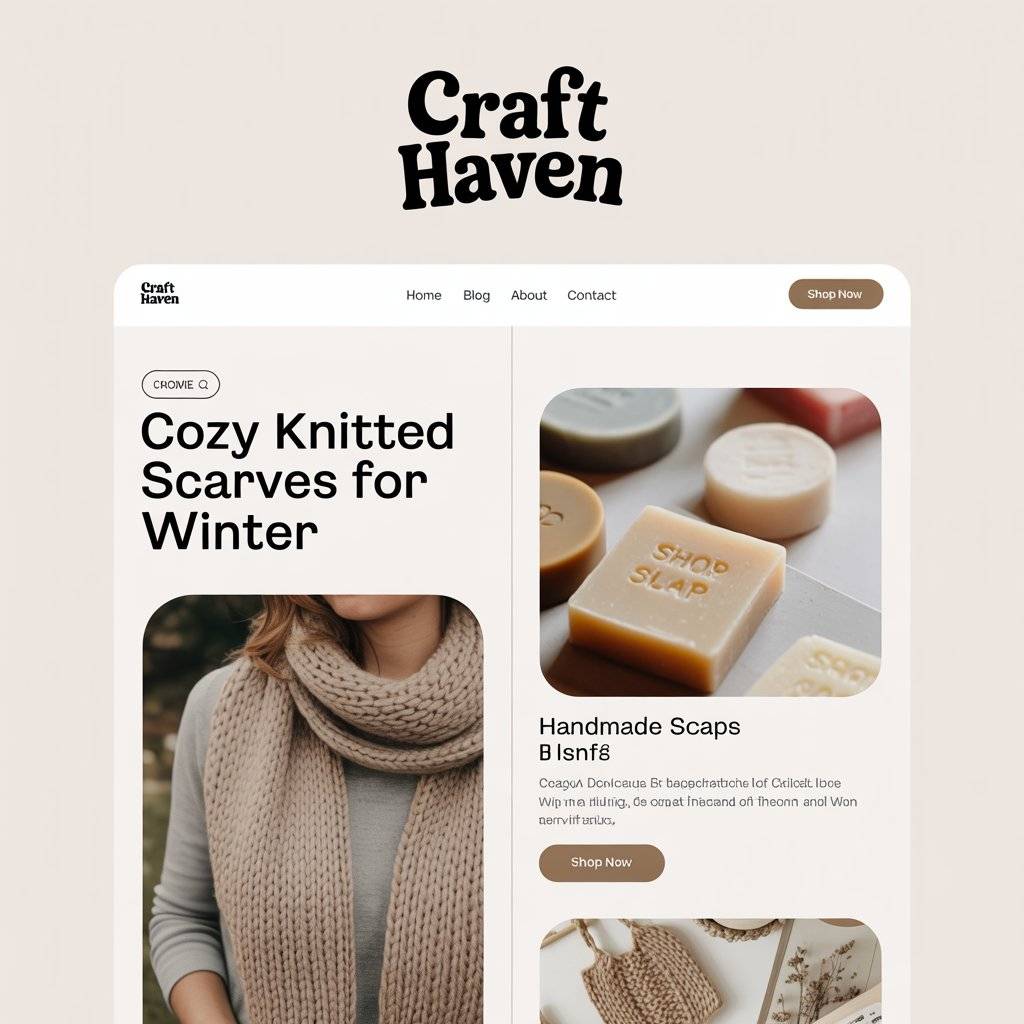
9. Pinterest

Related Post: 25 Easy Crafts to Make and Sell Fast for Profit at Home
Best for: Driving traffic to your shop or blog
Pinterest is a visual search engine perfect for promoting craft products. It doesn’t sell directly but drives traffic to your Etsy shop, website, or blog through pins and boards.
Pros:
- Long-lasting visibility of pins
- Attracts DIY and handmade shoppers
- Easy to use with product links
Cons:
- Not a direct selling platform
- Requires consistent content creation

10. eBay

Best for: Niche or collectible craft items
eBay works well for unique crafts, especially if they’re hard to find or appeal to a collector market. Auctions or fixed-price listings give sellers flexibility.
Pros:
- Global audience
- Multiple selling formats (auction, fixed price)
Cons:
- Listing and final value fees
- May not be ideal for all handmade goods

11. ArtFire
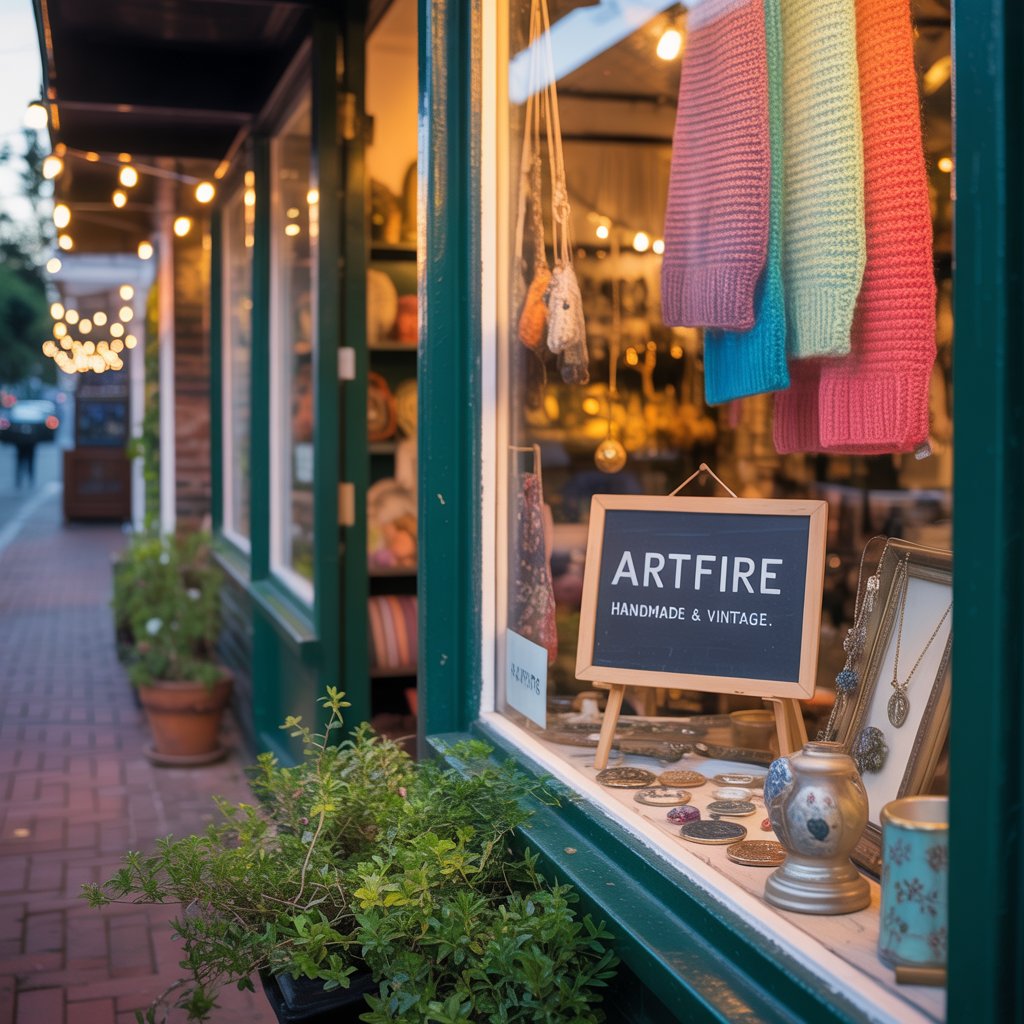
Best for: Niche handmade and vintage items
ArtFire is similar to Etsy but with a smaller marketplace. It’s easier to get discovered if you’re in a niche, and it’s focused entirely on handmade, vintage, and craft supplies.
Pros:
- Targeted audience for handmade goods
- Easier to stand out in niche categories
Cons:
- Smaller user base than Etsy
- Monthly shop fee required
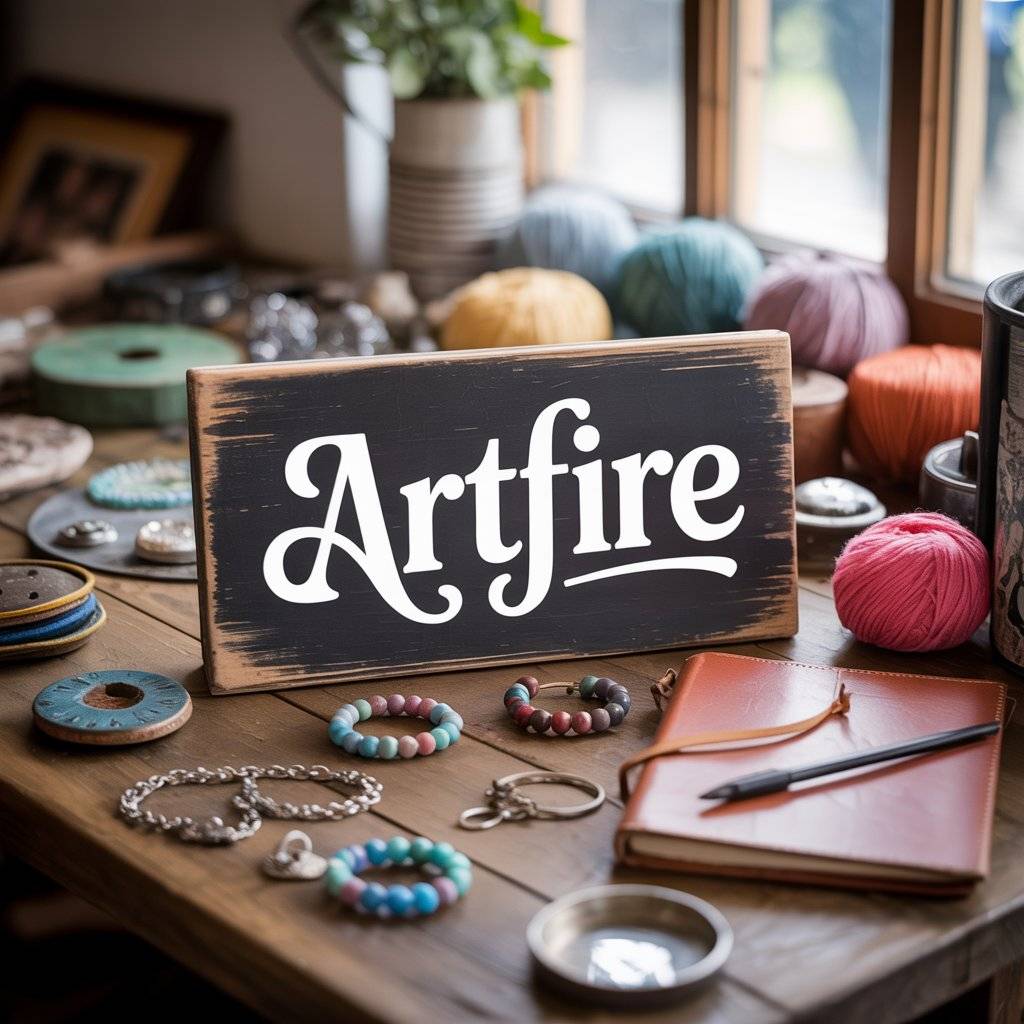
12. Tundra (Wholesale)
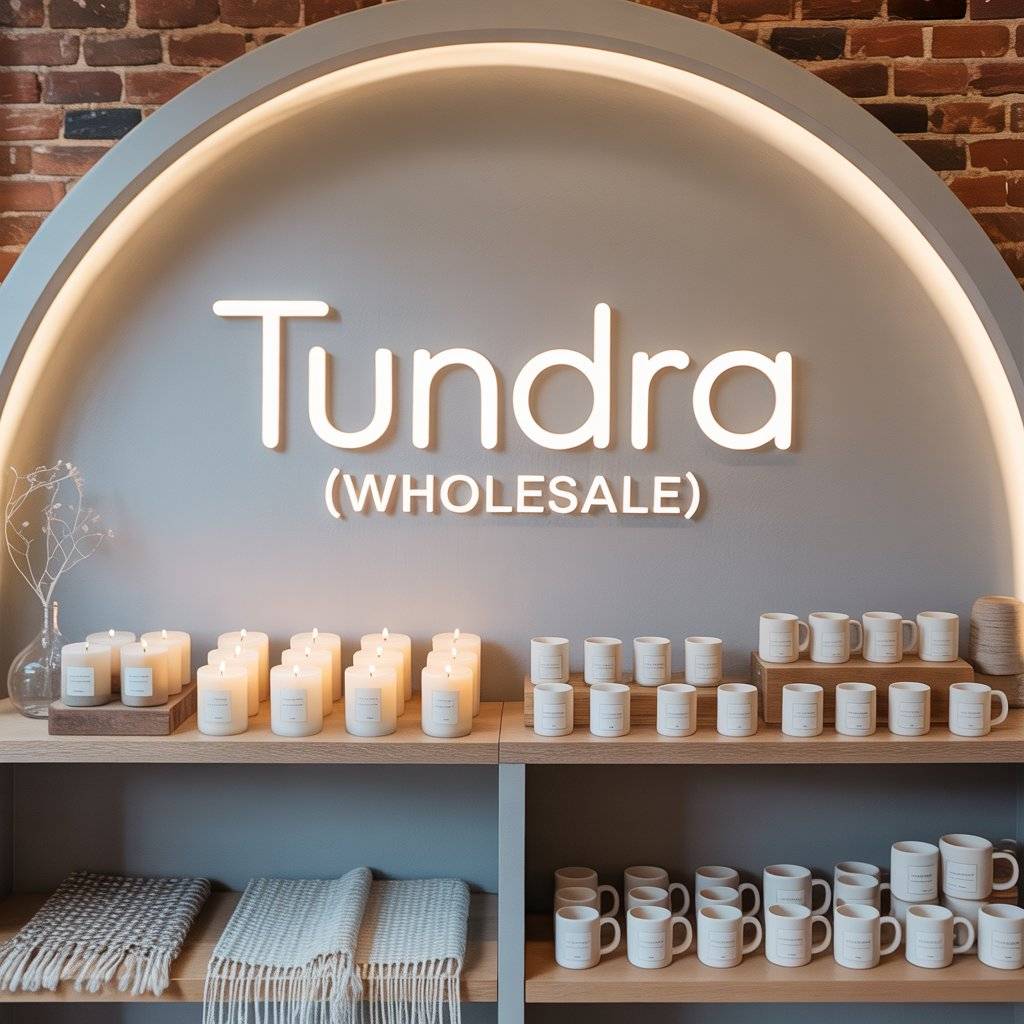
Best for: Bulk handmade items sold to retailers
If you’re ready to produce in larger quantities, Tundra lets you sell wholesale to boutiques and stores. It’s best for sellers with inventory and wholesale pricing.
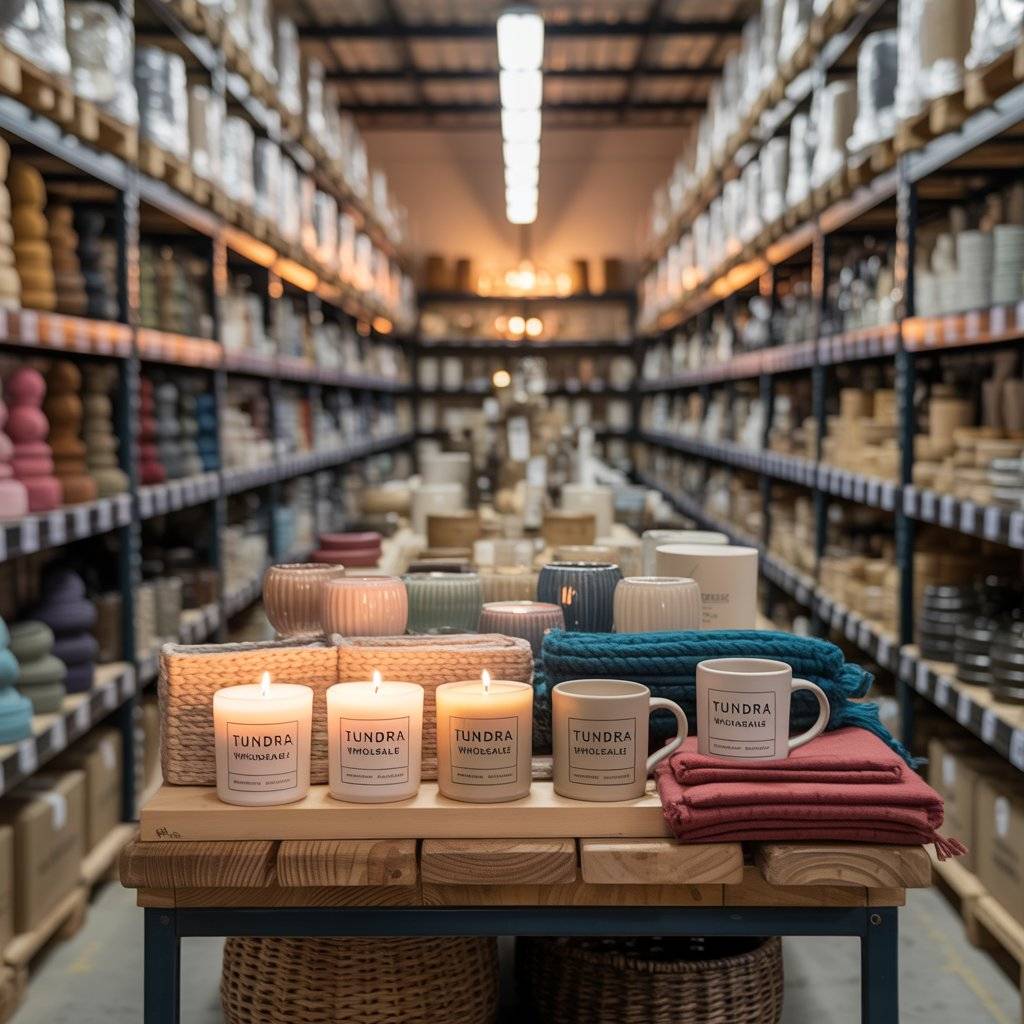
Pros:
- Large wholesale buyer network
- Professional exposure
Cons:
- Requires high volume production
- More logistics involved
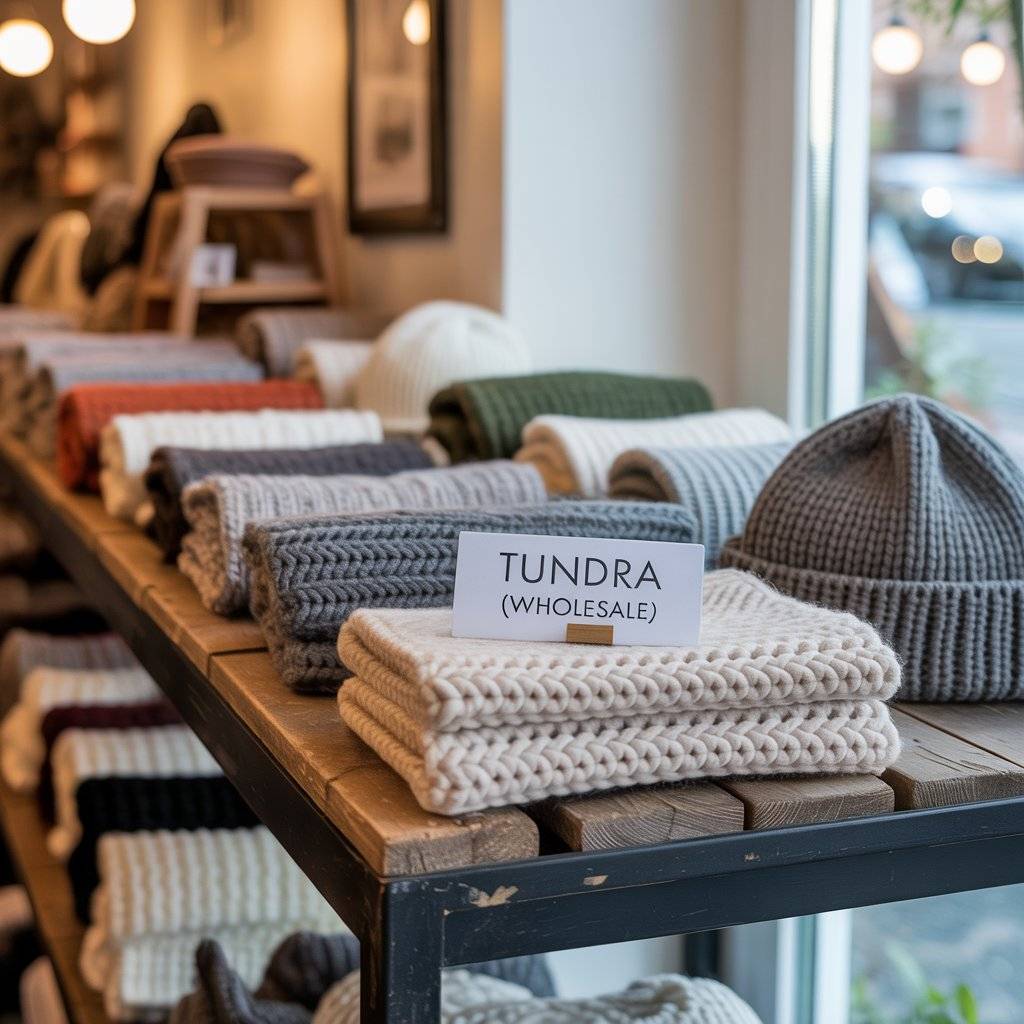
13. Pop-Up Shops in Retail Stores
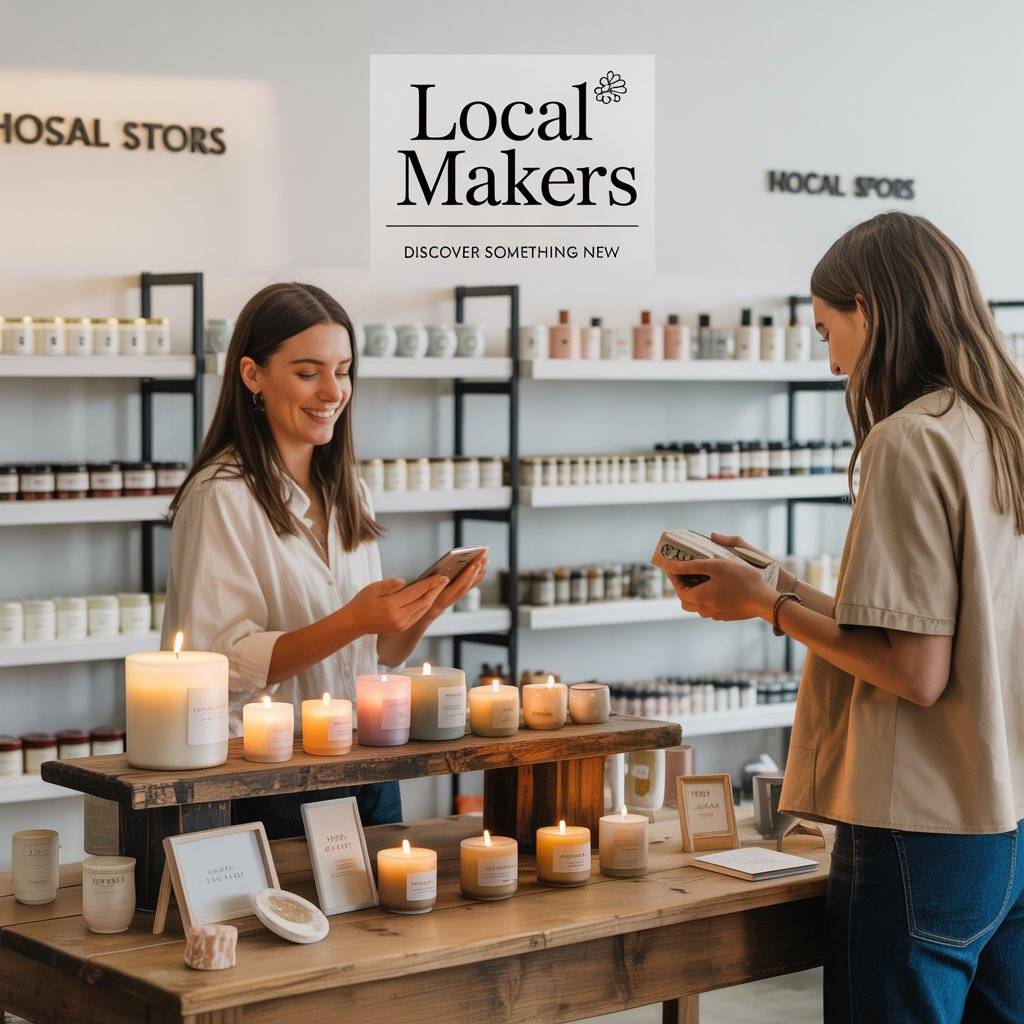
Best for: Testing your brand in physical retail
Retail stores sometimes offer space for local makers to sell products on weekends or during special events. This gives great exposure and a sense of customer interest.
Pros:
- Low-cost temporary space
- Valuable customer feedback
Cons:
- Limited time frame
- Varies by store location and agreement

14. Redbubble (for Print-on-Demand Crafts)


Best for: Artists who want to sell designs, not physical crafts
If your craft involves design (like quotes or art), Redbubble prints your work on items like mugs, shirts, and stickers.
Pros:
- No inventory needed
- Great for graphic design artists
Cons:
- Lower profit margin per item
- Less control over product quality

15. Zazzle
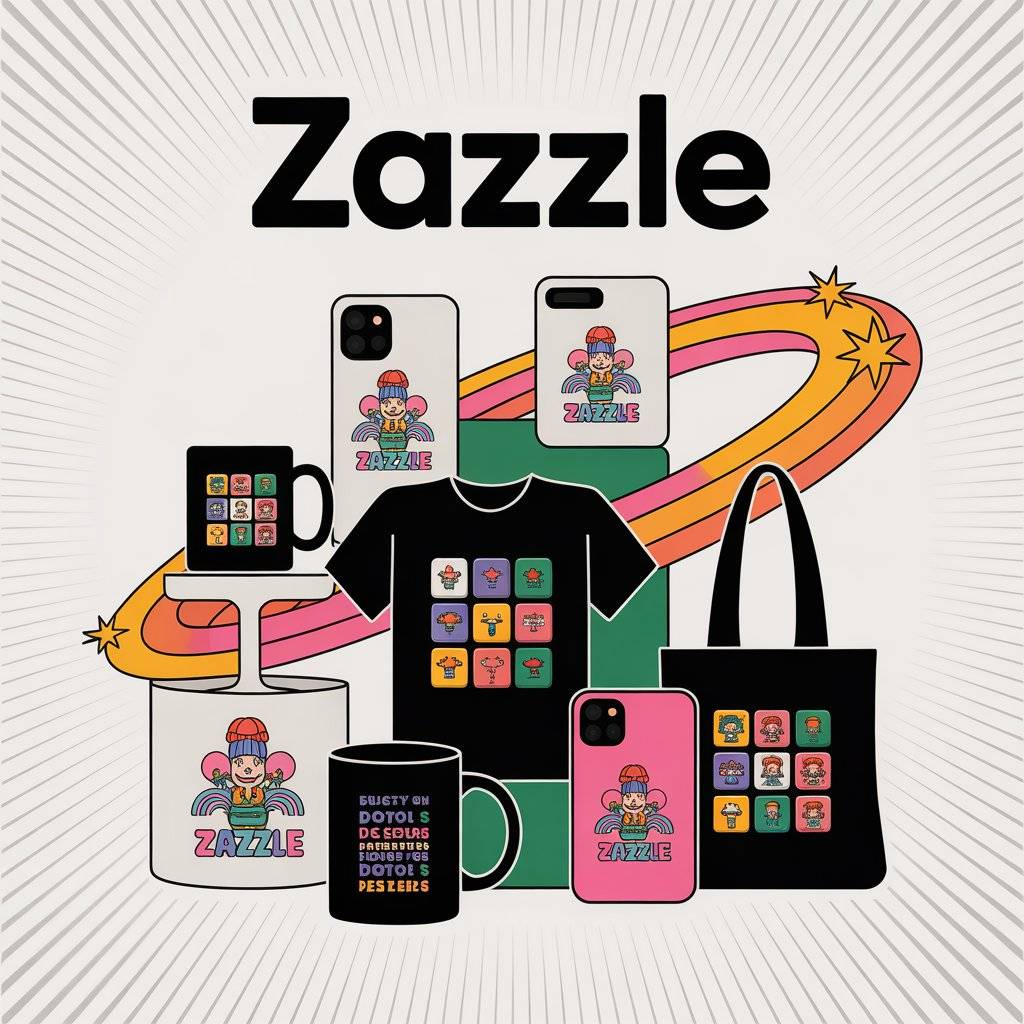
Best for: Customizable design-based products
Similar to Redbubble, Zazzle is a print-on-demand platform where customers can personalize your designs.
Pros:
- Huge variety of customizable products
- Built-in audience for gifting seasons
Cons:
- Must focus on trending themes
- Competition with other artists

16. Teachers Pay Teachers (for educational crafts)

Best for: Printable or DIY kits with educational value
If your crafts are geared toward learning or kids, Teachers Pay Teachers is a digital marketplace for resources like craft templates and educational activities.
Pros:
- Great for digital downloads
- Trusted platform among teachers and parents
Cons:
- Requires educational alignment
- Limited to school-friendly content
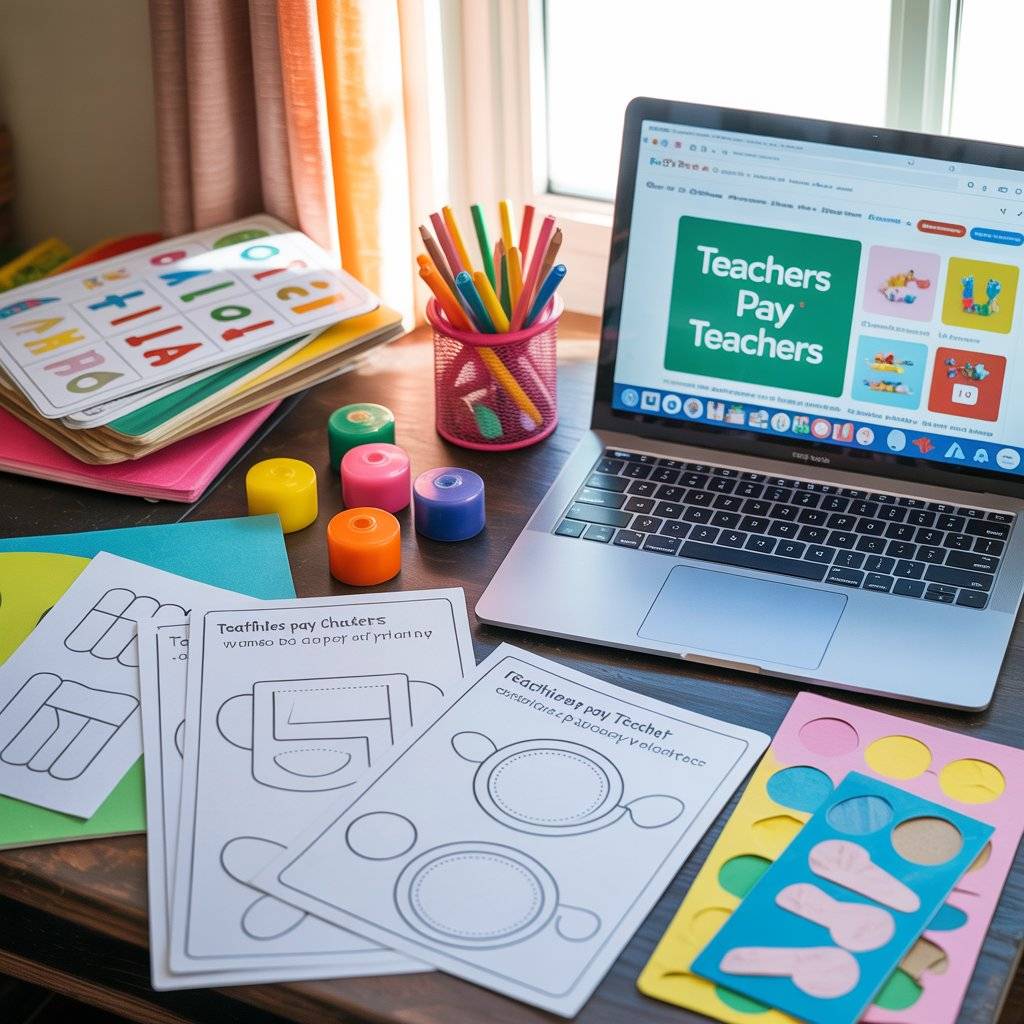
17. Flea Markets


Best for: Local weekend sales and budget shoppers
Flea markets offer a low-barrier way to get in front of lots of people on weekends. You can often share a booth to save money.
Pros:
- Affordable booth space
- Great local exposure
Cons:
- Weather-dependent (if outdoors)
- Varies in foot traffic

18. Holiday Markets

Best for: Seasonal or gift-themed crafts
These markets pop up around Christmas, Easter, and other holidays, and they’re packed with buyers looking for one-of-a-kind gifts.
Pros:
- High seasonal demand
- Great profit potential
Cons:
- Limited to a few months a year
- May require seasonal inventory planning

19. Local Art Galleries


Best for: High-end, artistic handmade products
Some galleries support local artists by offering shelf or wall space to display and sell.
Pros:
- Credibility from gallery setting
- Higher pricing possible
Cons:
- May take a commission
- Selective curation process

20. Craft Subscription Boxes
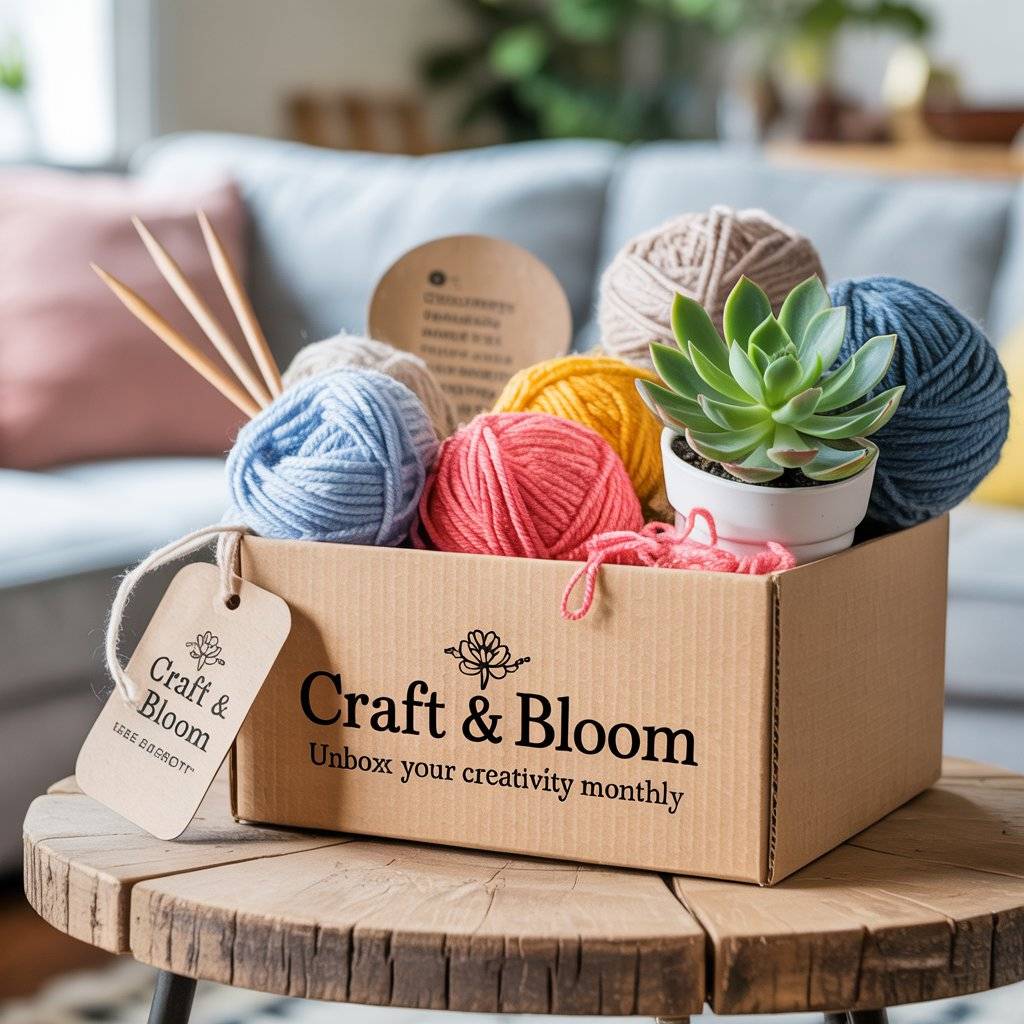

Best for: Recurring craft kits or handmade products
Partner with subscription box companies that include your crafts in themed monthly boxes.
Pros:
- Regular sales
- Exposure to a niche audience
Cons:
- Requires consistency and volume
- Need to meet brand guidelines
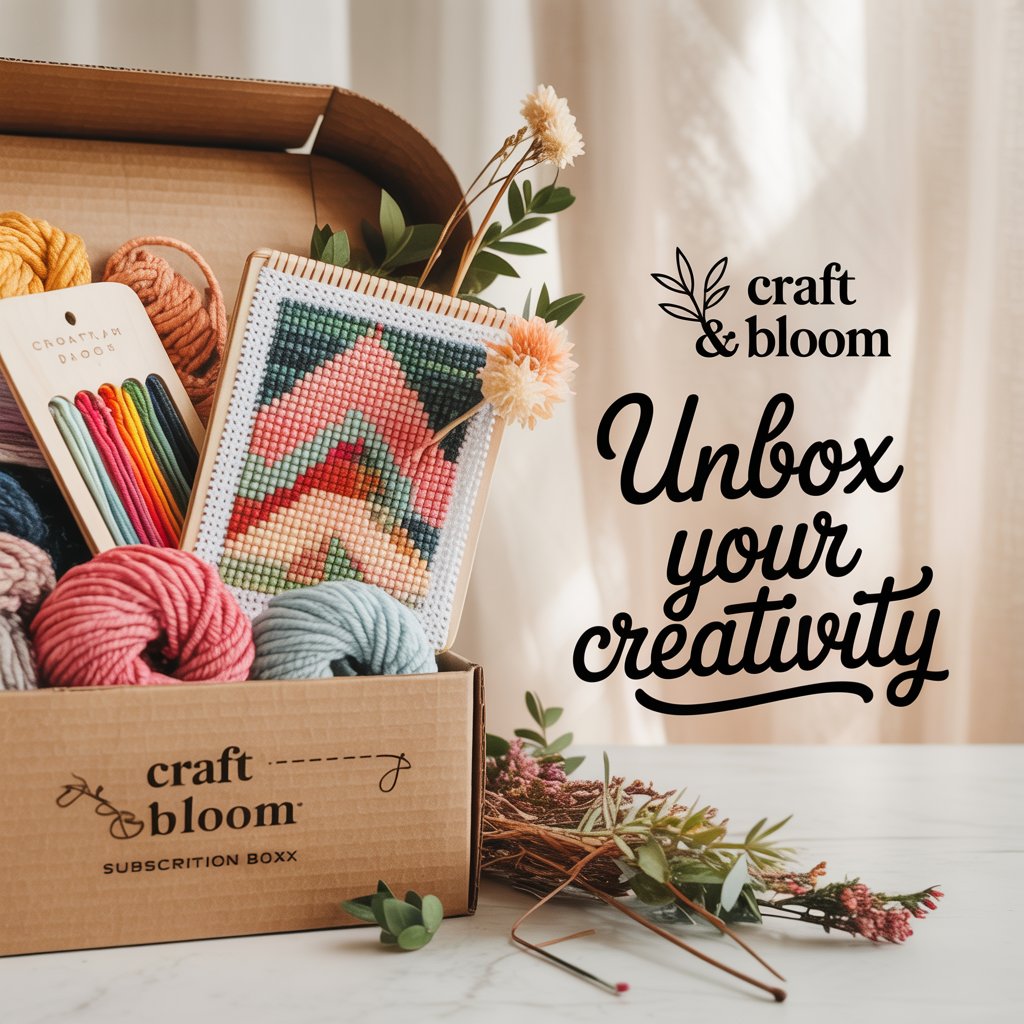
21. TikTok Shop


Best for: Creative sellers with video content
TikTok now has an integrated shopping feature for creators. If you’re good with video, you can promote and sell directly on the app.
Pros:
- Viral potential
- Direct-to-consumer option
Cons:
- Requires engaging video content
- Limited to approved regions (for now)

22. Patreon

Best for: Crafters who teach or offer behind-the-scenes content
If your audience loves to follow your process, Patreon is ideal for earning recurring income by offering tutorials, templates, or exclusive designs.
Pros:
- Support from fans
- Flexible content models
Cons:
- Requires regular updates
- Slower to grow an audience

23. Craftsy

Best for: Craft teachers and tutorial creators
Craftsy is a platform for selling online classes and tutorials in crafting, sewing, knitting, and more.
Pros:
- Built-in learner audience
- Passive income with digital courses
Cons:
- Requires video creation
- Best suited for experienced teachers

24. Local Libraries or Community Centers
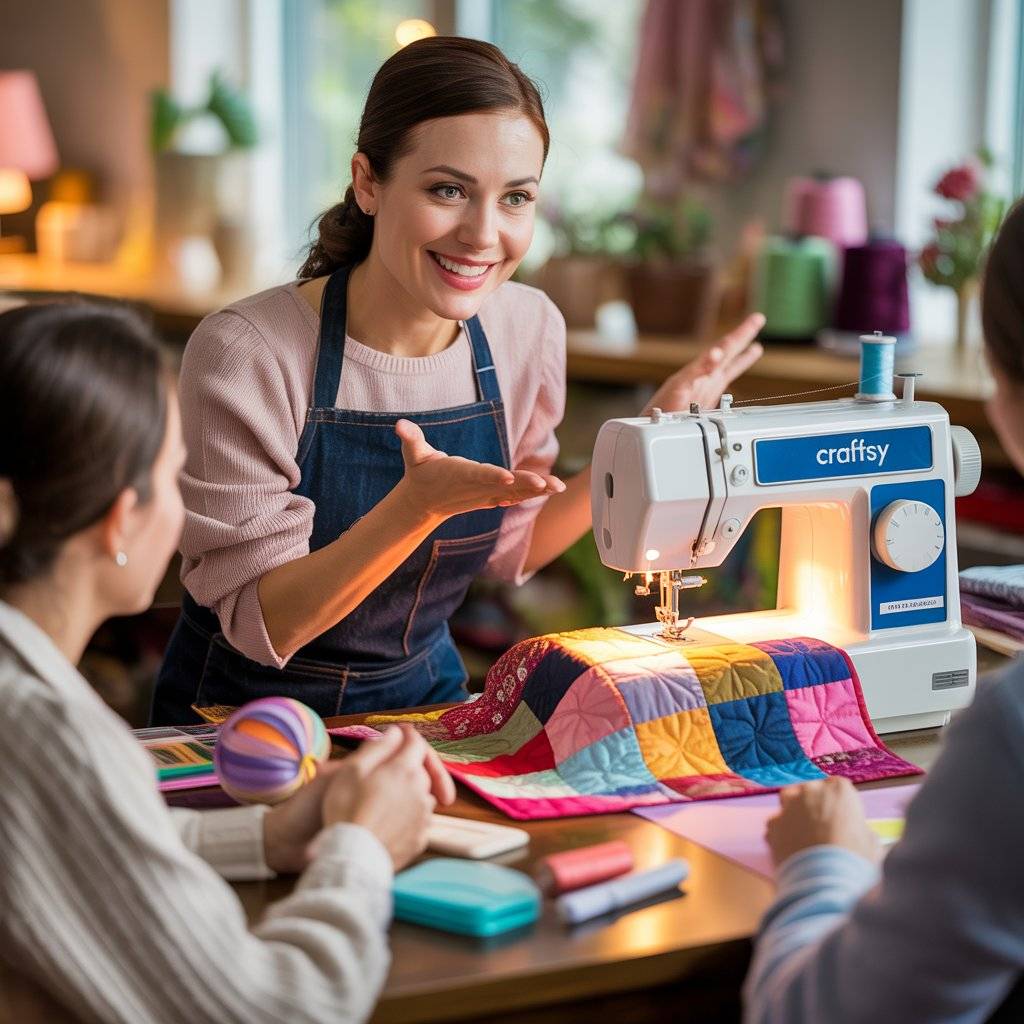
Best for: Hosting workshops or selling during events
Community spaces like libraries often host makers’ events or allow local vendors to set up craft tables during events.
Pros:
- Engaged local audience
- Great for promoting DIY classes
Cons:
- Event-based, not ongoing
- Varies by location and permission
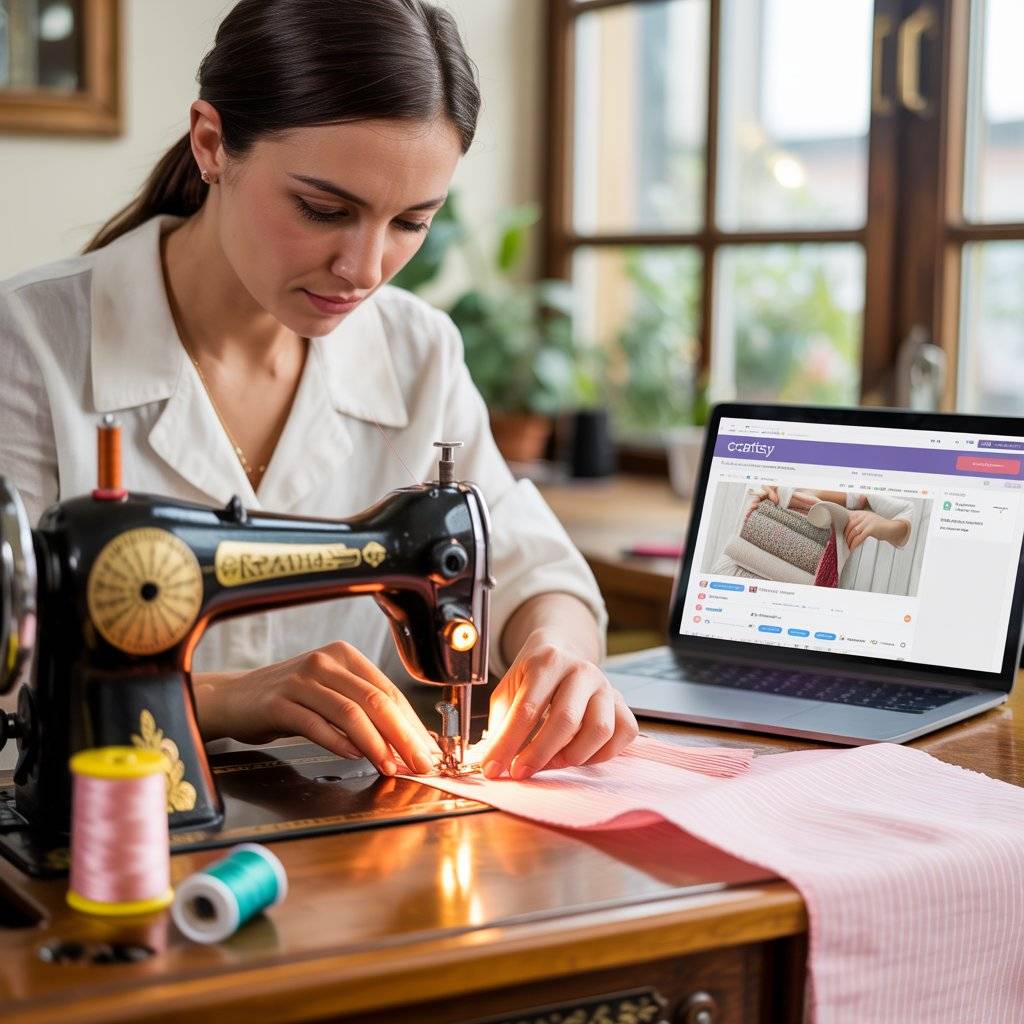
🤔 Frequently Asked Questions (AFQs)
1. What’s the easiest platform to start selling handmade crafts?
If you’re just starting, Etsy or Facebook Marketplace are great options. Etsy gives you access to a large audience looking for handmade goods, while Facebook Marketplace lets you sell locally without any upfront costs. Both are user-friendly and don’t require advanced tech skills.
2. How do I choose the best place to sell my crafts?
Think about your audience, the type of crafts you make, and how much effort you’re willing to put into shipping, marketing, and setup. For example, custom art might do well on Instagram, while bulk handmade items may be better for Tundra or consignment shops.
3. Can I use multiple platforms at the same time?
Yes! Many successful crafters use a combination—like Etsy for online sales, local markets for in-person feedback, and Pinterest or Instagram for promotion. Just be sure to manage your inventory and customer communication clearly.
4. Do I need a business license to sell handmade items?
It depends on where you live and how much you’re selling. Some localities require a small business license once you hit a certain income. Check your local laws or consult a tax professional to stay compliant.
5. How do I attract more buyers to my shop or booth?
Use clear, high-quality photos and write honest product descriptions. Engage with potential customers through social media, respond quickly to messages, and ask for reviews. In-person, offer samples or demos, and be ready to explain your craft story people love buying from creators they connect with.
Why This Craft Selling Guide Exists
- ✅ 🌿Help Crafters Get Started
Many people are great at making things but aren’t sure how or where to sell them. This article gives a clear list of real places they can start with confidence.
- ✅ 🌿 Make the Selling Process Less Overwhelming
With so many platforms out there, choosing the right one can be confusing. I wanted to lay out the options in one simple, organized place.
- ✅ 🌿 Support Side Hustlers and Small Business Dreams
Whether you’re selling for extra income or hoping to turn it into a full-time gig, this guide gives you solid options to consider.
- ✅ 🌿 Share Practical, Actionable Advice
This isn’t just theory—I included real-world pros and cons so you can make better decisions that suit your craft style and goals.
- ✅ 🌿 Save You Time
Instead of researching 20+ platforms separately, you’ll find them all here in one helpful guide.
- ✅ 🌿 Encourage Exploration
Selling crafts doesn’t have to be limited to Etsy. I wanted readers to see how many creative and local opportunities exist.
- ✅ 🌿 Highlight Local Selling Potential
Sometimes people overlook selling locally. This post brings attention to markets, fairs, and community-based options that can really work.
- ✅ 🌿 Keep the Advice Down-to-Earth
This article avoids hype or salesy language. I aimed to keep the tone human and realistic, just like chatting with a fellow crafter.
- ✅ 🌿 Inspire Readers to Take the Next Step
You might already have crafts ready to go I wanted to encourage readers to stop waiting and start selling.
- ✅ 🌿 Help You Avoid Common Mistakes
By pointing out cons along with the pros, this article helps you avoid pitfalls and choose the platforms that fit your best.
Final
I hope this guide helps you move forward with confidence in your craft-selling journey. Whether you’re just starting out or looking to grow, there’s a space out there for your handmade creations. Bookmark this article, explore your options, and most of all enjoy the process. You’ve got something special to share, and there’s a buyer out there waiting to find it.
- Back to School Made Easy: 18 Essential Products to Buy on Amazon - December 31, 2025
- 25 Things You Can Make and Sell This Year for Extra Income - December 31, 2025
- DIY Dog Corner Makeovers Using Pallets, Crates & Budget Friendly Decor - December 30, 2025

